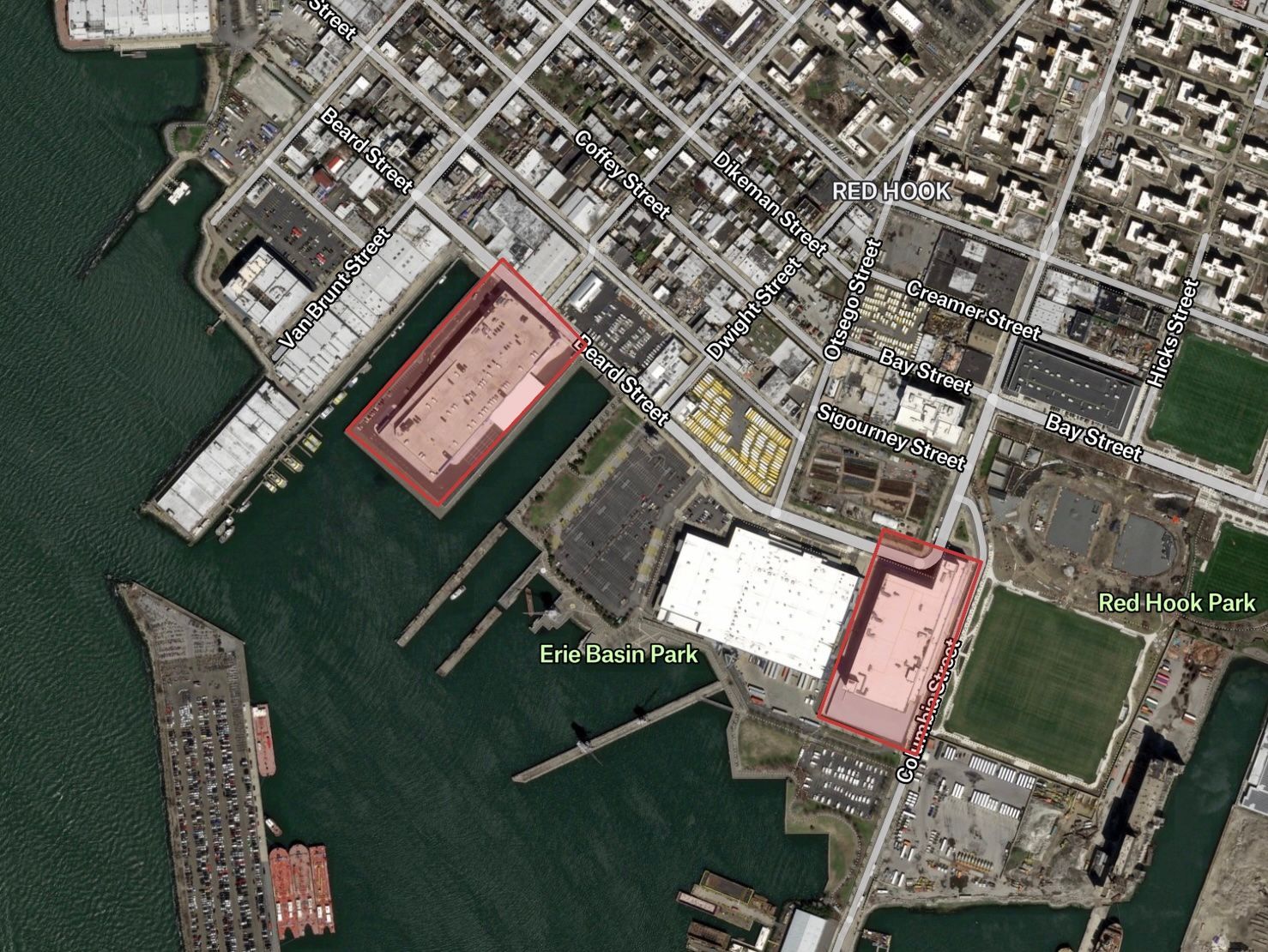
Amazon last-mile warehouses in the Red Hook neighborhood of Brooklyn, NY.
Indirect Source Rule (ISR)
ISRs are regulations that makes warehouses and related logistics operations responsible for reducing or offsetting air pollution from the vehicles that transport goods to and from the warehouses.
How do ISRs work?
By targeting indirect sources of emissions, such as heavy-duty diesel truck traffic to and from warehouses, ISRs provide a framework for reducing environmental harm. These rules establish standards for emissions control and encourage the adoption of clean transportation practices, ultimately working towards more equitable communities. ISRs have the added bonus of being included in the legally binding State Implementation Plans that every state is required to submit to the US EPA.
ISRs provide an important policy lever to advance the basic human right for all communities to breathe clean air.
Where are ISRs happening?
Indirect Source Rules are being advocated for and implemented across the United States, including in California, Colorado, New Jersey, and New York, with other states hoping to follow suit. In some states, regional ISRs have been passed first, in hopes that state-wide policies will be adopted soon after. Every state and region has to adapt ISRs to meet their complex policy requirements, so ISRs won't always look the same across the board.